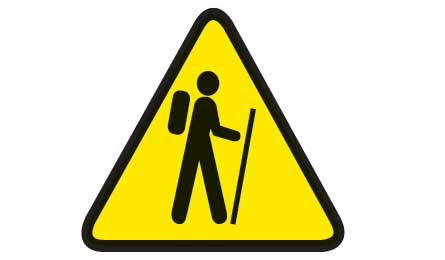Survival: Prevent Blisters and Frostbite

If I Only Knew Then (Feature Narrative) | Recognize Grizzly Behavior | Save Yourself in Whitewater | First Aid Emergencies | Unsafe Snow Conditions | Unexpected Accidents | Make Good Judgment Calls
Prevent Blisters
Todd Arndt, M.D., long-distance hiker and ER doc
While thru-hiking California’s John Muir Trail, I let sand and dirt get in my lightweight hikers. I ignored the subsequent blisters, figuring I’d just walk through the pain. I did, and paid for it. It took two months and a dose of antibiotics to heal. Now I wear ankle gaiters, opt for shoes that keep grit out, and stop every few miles to air my feet and preemptively tape hot spots.
—–
Prevent Frostbite
Chris Thomas, mountaineer
When I was 18, I took my first big alpine climbing trip to the Moose’s Tooth in the Alaska Range. We went in the early season to ensure the best ice conditions, and, not coincidently, it was bitterly cold. Not knowing any better, I thought wearing two pairs of socks instead of one would keep me warmer. Within 20 minutes of leaving the tent, my toes were completely numb, the circulation cut off by the now-too-tight boots. We were successful on our route, but despite my best efforts, my feet never warmed up until we got down from our climb almost 20 hours later. When I finally took my boots off, my toes were completely frostbitten and black. That happened in early April, and well into summer the smelly rotten skin was flaking off in big chunks. To this day, I still have very little feeling in my toes.
Improvise a Splint
Tracy Ross, BACKPACKER contributing editor
Treat a Burn
Annette McGivney, BACKPACKER Southwest editor